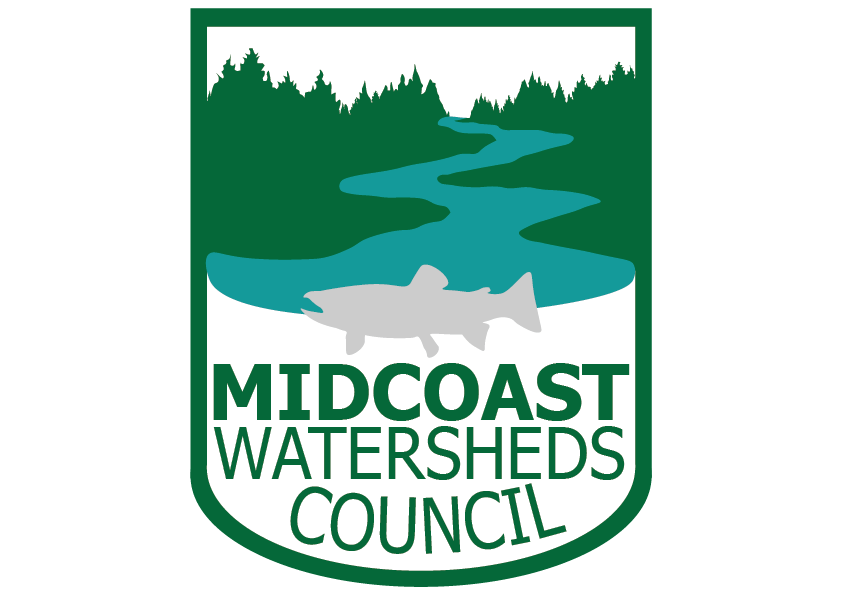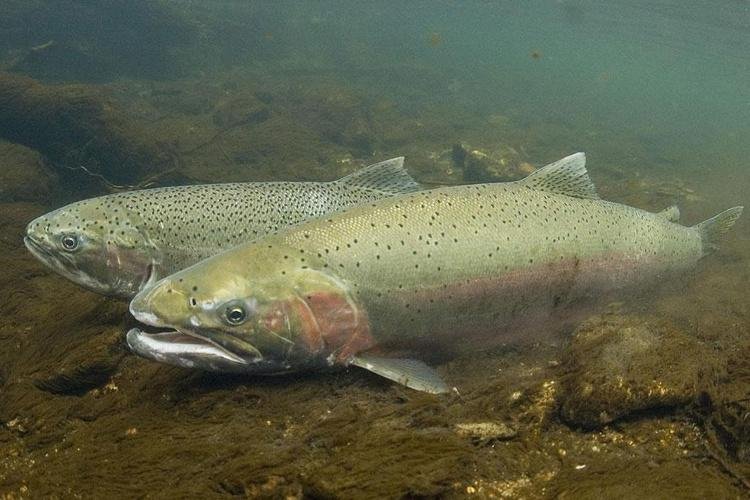What are Steelhead Trout?
Steelhead and Rainbow Trout (Oncorhynchus mykiss) are the same species but exhibit two distinct life histories. Steelhead are anadromous. They hatch from eggs laid in fast flowing, cold, freshwater streams and rear in these streams for 1-5 years before traveling to the ocean. On this journey, they undergo physiological changes to adapt to life within salt water. In the ocean, they reside for another 1-4 years while feeding and growing. After that, steelhead return to natal streams and construct redds where eggs are laid. Contrary to other salmonids, Steelhead can repeat spawn, with some returning to the ocean to recover before making another run after some years. Alternatively, Rainbow Trout spend their entire lives within freshwater streams and are typically smaller than Steelhead.
Why are they Important?
Steelhead are important to ecosystems and the humans who interact with them. As juveniles, steelhead are an important food resource for many riparian and freshwater species. As adults, their redd building behavior creates stream bed complexity that supports the growth and reproduction of many other species. Annual runs also provide key sources of nutrients to many species from estuaries to the Coast range mountains. Economically, steelhead bring in resources both through commercial and recreational fisheries. Steelhead fishing is a popular form of recreation, with some areas practicing catch and release only.
What are the Threats?
Steelhead face challenges from the loss of connected, quality, freshwater habitat. Fish passage barriers such as elevated culverts, dams, and water redirections can prevent juveniles from seeking safe cold areas (coldwater refugia) during heat events, along with eliminating the ability of adults to return to their natal streams. Habitat modification is another big issue. The loss of complex stream beds reduces the availability of gravel for redd building and availability of oxygenated water that is needed to allow these fish to grow.
Why are we using eDNA to find them?
eDNA surveys of Steelhead can help identify areas in need of restoration. Long instream residency and the habit of returning to natal streams means that detection through eDNA can help identify where these fish are present. Furthermore, Steelhead preference for fast-moving, cold water means that eDNA surveys can also help identify habitat quality. Finally, eDNA data collection can be used to identify fish passage barriers through targeted sampling above and below suspected obstacles.
Image from: NOAA Fisheries


